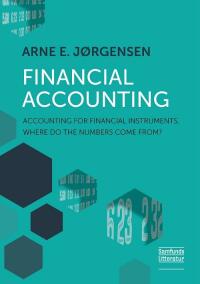Question
Urgent help for Assignment: X and Y are accessories with the capital of 50,056.78 and 30,067.94 separately. Premium Payable on Capital is 10.3678% p.a. If
Urgent help for Assignment:
X and Y are accessories with the capital of 50,056.78 and 30,067.94 separately. Premium Payable on Capital is 10.3678% p.a. If the advantages secured by the firm is ' 4,829.3972, what will be the Interest on Capital for X and Y?
I. Allotment of whole thing of cost to a cost local area or cost unit is known as:
(a) Cost Apportionment
(b) Cost Allocation
(c) Cost Absorption
(d) Machine hour rate
II. Which of coming up next isn't a strategy for cost maintenance?
(a) Percentage of direct material cost
(b) Machine hour rate
(c) Labour hour rate
(d) Repeated apportionment strategy
III. Service workplaces costs should be allocated to:
(a) Only Service workplaces
(b) Only Production workplaces
(c) Both Production and organization workplaces
(d) None of the creation and organization workplaces
IV. Most suitable justification assigning assurance of machine would be:
(a) Floor Area
(b) Value of Machines
(c) No. of Workers
(d) No. of Machines
V. Cover overhead rate is:
(a) One single overhead absorption rate for the whole modern office
(b) Rate which is clear or nil rate
(c) rate in which different overhead rates are resolved for each creation office, organization office, etc
(d) Always a machine hour rate
VI. AT Co makes a singular thing and is setting up its material use going through arrangement for one year from now. Each unit of thing requires 2kg of material, and 5,000 units of thing are to be made one year from now. Opening load of material is intended to be 800 kg and AT co monetary designs to grow material stock around the completion of one year from now by 20%. The material use going through arrangement for one year from now is
(a) 8,000 Kg
(b) 9,840 kg
(c) 10,000 Kg
(d) 10,160 Kg
VII. During a period 17, 500 work hours were worked at a standard cost of Rs 6.50 every hour. The work capability change was $7,800 ideal. What number of standard hours were made?
(a) 1,200
(b) 16,300
(c) 17,500
(d) 18,700
VIII. Which of coming up next isn't a legitimization a dormant time change?
(a) Wage rate increase
(b) Machine breakdown
(c) Illness or injury to subject matter expert
(d) Non-availability of material
IX. During September, 300 work hours were worked for a hard and fast expense of 4800. The variable overhead utilization contrast was 600 (A). Overheads are believed to be related to coordinate work significant length of dynamic working. What was the standard cost each work hour?
(a) 14
(b) 16.50
(c) 17.50
(d) 18
X. Overhead implies:
(a) Direct or Prime Cost
(b) All Indirect costs
(c) only Factory underhanded costs
(d) Only indirect expenses
Step by Step Solution
There are 3 Steps involved in it
Step: 1

Get Instant Access to Expert-Tailored Solutions
See step-by-step solutions with expert insights and AI powered tools for academic success
Step: 2

Step: 3

Ace Your Homework with AI
Get the answers you need in no time with our AI-driven, step-by-step assistance
Get Started


